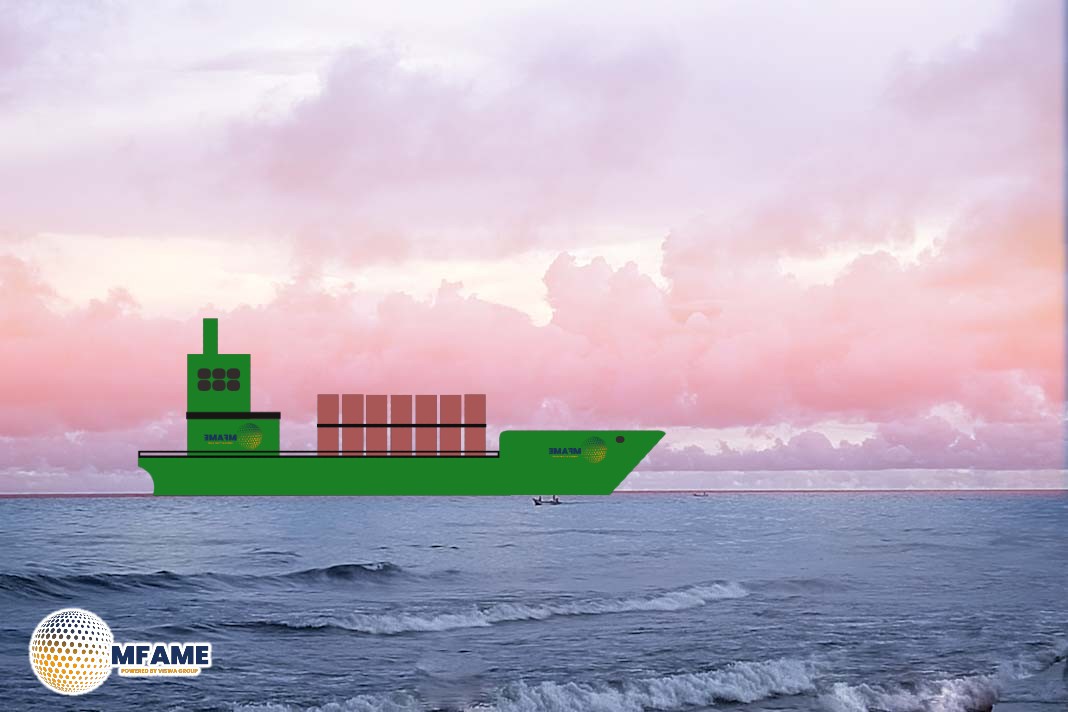- Maritime Industry Faces Change as Geopolitics Reshape Trade.
- Shipping Leaders Address Market Volatility at Fujairah Forum.
- Trade Policies and Sanctions Reshape Global Shipping Outlook.
Global shipping markets are transforming in a major way as geopolitical events, changing trade policies, and emerging demand patterns disrupt conventional industry practices. Industry experts and analysts debated these new trends at the International Fujairah Bunkering and Fuel Oil Forum, reports S&P Global.
Tariffs and Sanctions Redefining Market Conditions
Continuing trade reconfigurations and tariff introductions are instilling uncertainty along international shipping lanes. Such influences are being driven into prices and trade flows, driving new responses from shipping groups and fuel traders. “The market is repricing,” said Jeremy Loy, trading manager, of fuel oil and feedstocks at Vitol Asia in Singapore. “All of us are seeing profits that we saw years ago diminish to normal levels again, and there needs to be an understanding of what that might mean going forward.”
Industry participants noted that while some policy decisions have raised questions about long-term market structure, they also offer new opportunities for adaptation and growth. “Even though they [the US] seem very aggressive at the beginning, they’ll realize they can’t keep this up. We all know Trump is aggressive, but he might have to take steps back,” said Alexander Prokopakis, executive director at the International Bunker Industry Association.
Trade Shifts Could Impact Oil and Shipping Demand
S&P Global Market Intelligence analysts indicate that if ongoing global trade shifts persist, oil demand growth may decelerate. In some scenarios, growth may be reduced to 750,000 barrels per day by 2025.
“Under Trump 1.0, we saw trade still move, but the reciprocal tariffs are much higher, and we’ll have to see if they stick,” said Rahul Kapoor, global head of shipping analytics and research at S&P Global Commodity Insights. “The tariffs will lead to demand destruction,” he added. “We’re going into a very different environment.”
Freight Rates Steady Amid Changing Demand
Despite changing global trade patterns, tanker freight rates have remained firm. On April 8, Platts valued the rate to carry a 270,000 mt cargo of crude from the US Gulf Coast to China at $31.48/mt, with only a slight variation from $32.59/mt on April 2.
By Bilal Hasan Ashraf, the National Bank of Fujairah’s head of energy and marine, the biggest impacts of trade evolution will be registered in the container shipping industry, with the potential to influence oil and chemical tanker demand as well.
U.S. Maritime Revitalization Plans Highlighted
Over the last few months, U.S. leaders have shown a new interest in building up domestic shipbuilding and commercial fleet capacity. Legislative measures are directed at significantly growing the U.S. commercial fleet over the coming decade.
While challenges still exist—such as increased cost of production and reduced yearly output compared to international rivals industry leaders see this as a welcome move toward reviving national capability. “The US isn’t a shipping nation, and they’ll have to realize it,” said Jens Maul Jorgensen, director at Oldendorff Carriers and board member at Emirates Shipping Association.
Growth Prospects for Strategic Ports Such as Fujairah
Global trade volatility has offered development chances for strategic ports. Fujairah, the world’s third-largest bunkering port, is one such port that is becoming increasingly crucial to bridge global markets in the wake of changing trade lanes.
“Traders love this volatility so this will be good for the trading markets,” said Devki Nandan, managing director of JSW Infrastructure. “Whenever trading barriers happen, there has to be a middleman that connects A to B and Fujairah is very good at doing that. Going forward, Fujairah may get more business, and more importance because it is connecting parties.”
Changing with Environmental and Trade Laws
The shipping sector has made significant gains in meeting world environmental regulations, especially the International Maritime Organization regulation capping the sulfur content in ship fuel. Moreover, owners are changing in response to an intricate network of international sanctions as well as altering trade policies.
“We never had so many sanctions around the world,” said Constantinos Capetanakis, chairman of the IBIA and bunker director at Star Bulk in Athens. “We never had so many sanctions at the same time and the tariff environment at the same time.”
Fuel Price Movements Reflect Market Adjustments
As markets adjust to new realities, fuel prices are moving in response. Prices of high sulfur fuel oil have fallen along with crude. Fujairah 380 CST high sulfur fuel oil was valued by Platts at $383/mt on April 9, the lowest since Dec. 7, 2023.
Did you subscribe to our daily Newsletter?
It’s Free Click here to Subscribe!
Source: S&P Global
























